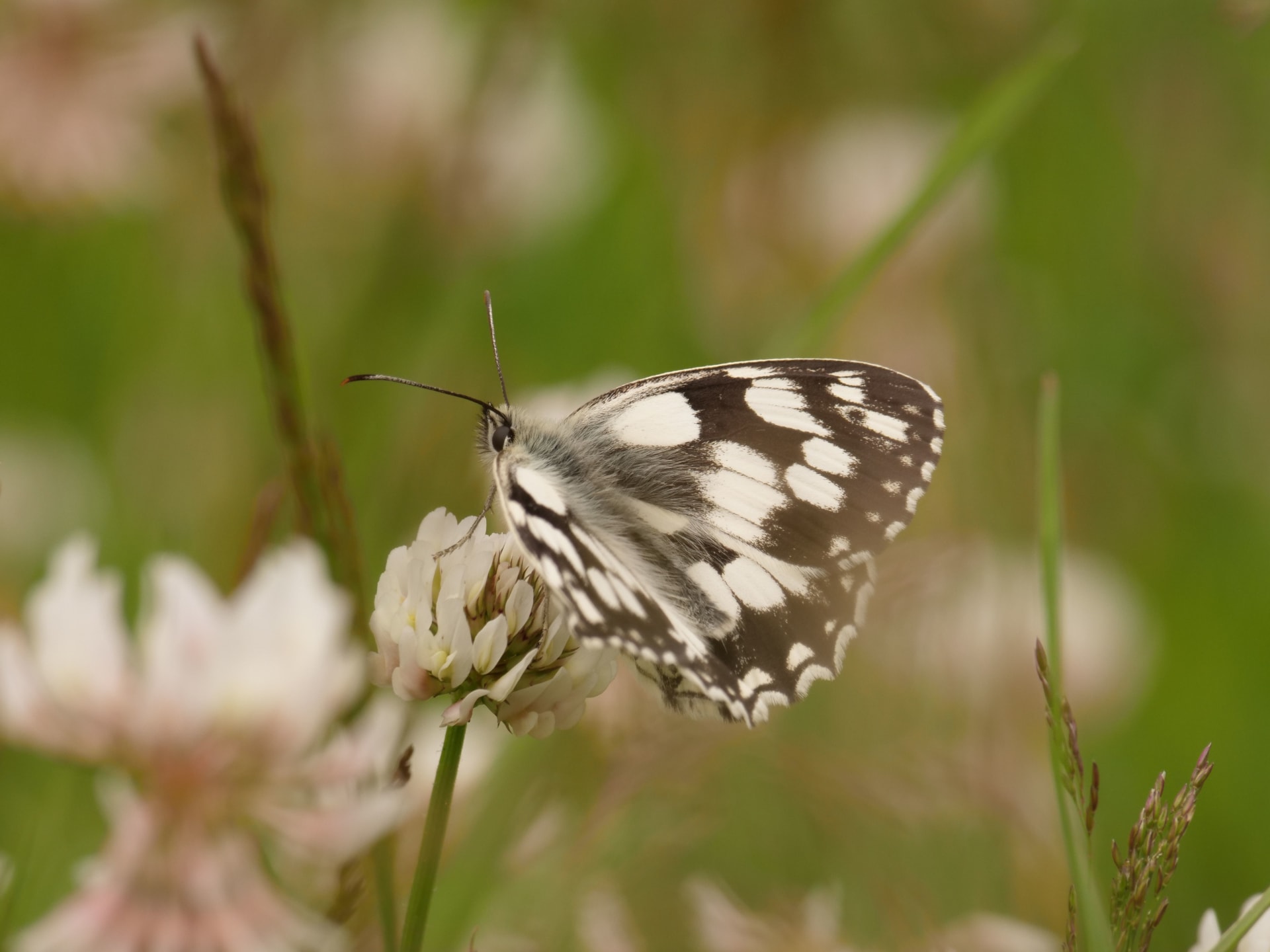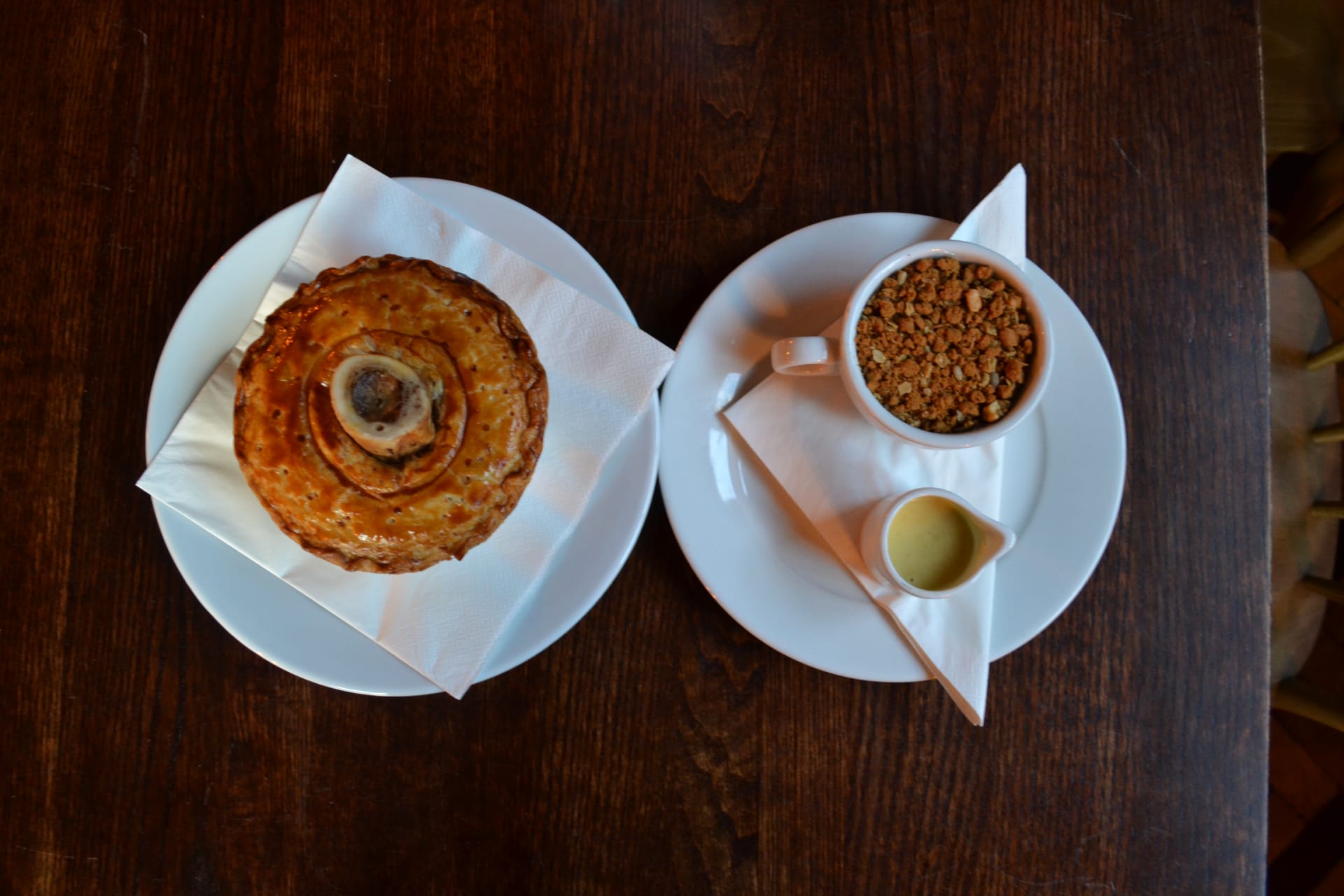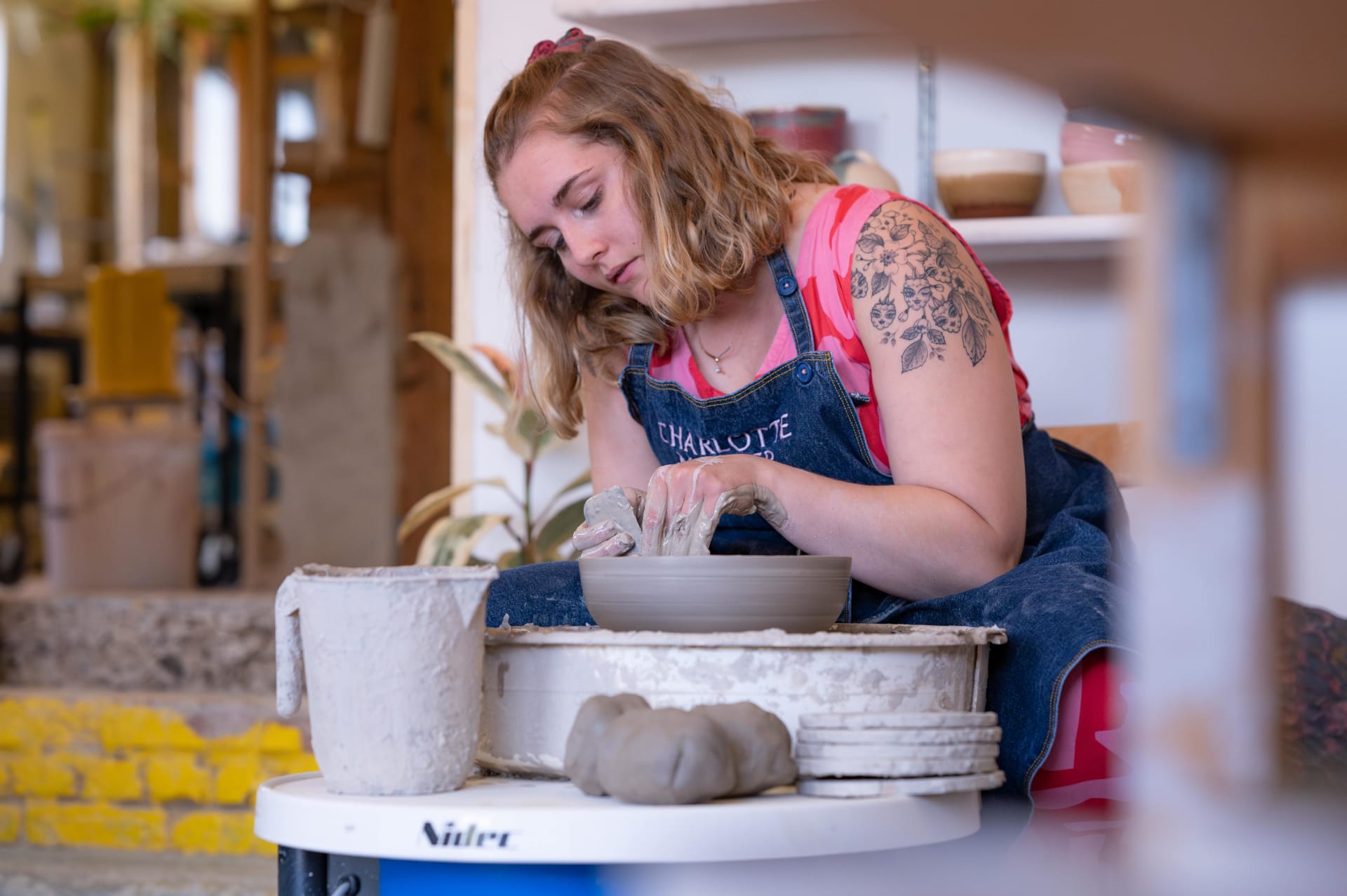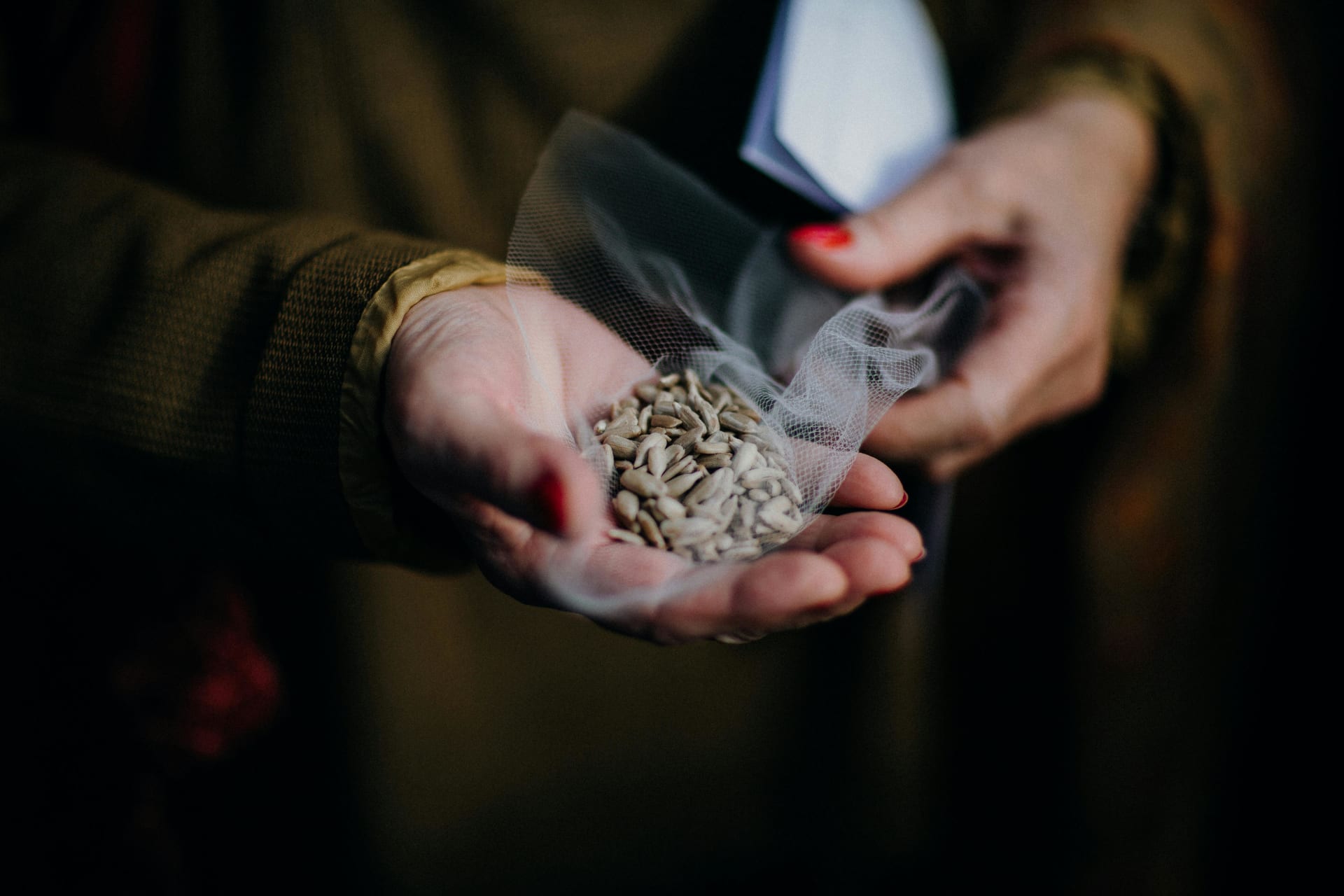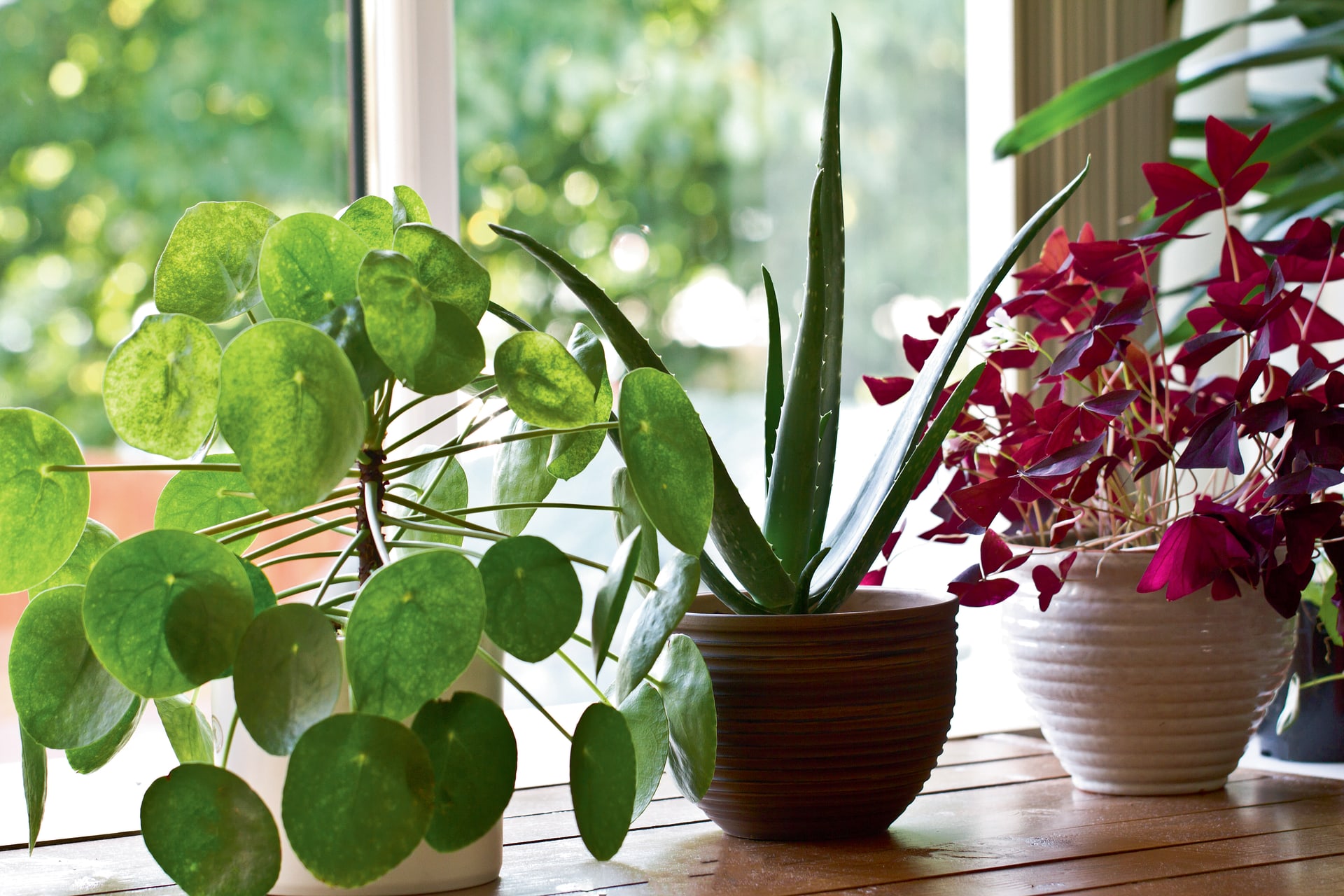A sea of purple lavender flowers gently swaying in the breeze releasing their fragrance into the summer air is a remarkable sight. If you live in Oxfordshire, you don’t need to travel to the South of France to see this glorious spectacle: instead take a visit to the Cotswold Lavender fields, close to the village of Snowshill.
The third-generation family farm started growing lavender in 1999 and the limestone soils in the Cotswolds make it the perfect terrain for this fragrant crop, which has many uses both in oil distillation and as a food flavouring. Cotswold Lavender now has over 40 different varieties with 500,000 plants in 140 miles of rows some 1000 feet above sea level in the Worcestershire area of the Cotswolds. The lavender comes into bloom around mid-June, with the flower crop peaking in early to mid-July before being harvested towards the end of July and into early August.
To gain the true experience of the sight and fragrance of Cotswold Lavender, there are ‘show fields’ where visitors can walk and smell the blooms as well as take photos without damaging the crops and providing dogs are on leads, they are also welcome to soak up the atmosphere. As you stroll around the designated area, you will see lavender in every shade; purple, indigo and the more unusual white lavender. The various varieties have different perfumes, from subtle to strong. Alongside the lavender fields, there is also a wildflower field full of colourful blooms, all of which attract beneficial insects and bees so just be aware if you are not a fan of flying creatures.
Lavender intended for drying is gathered into bunches as soon as the first few flowers start to open on any stem. By hanging them in the dark, their colours will not fade during the drying process and stems will remain straight. Air needs to circulate gently to aid the drying process.
The harvesting of the lavender crop to distil for lavender oil takes place over a two week window starting around the 20 July. As the specially designed machinery cuts the plants neatly into domes, the flowers are collected leaving the plants perfectly pruned for the next year. The essential oil is held in small balloon-like structure where the flower meets the stem and the extracting process uses a simple rainwater system of steam derived from heated rainwater, as devised by the Ancient Egyptians and Romans. The steam causes the oil glands to erupt causing the oil to evaporate into the steam which is collected and condensed. Rainwater plays an essential part and, as no chemicals are used, the result can be merchandised as Pure Essential Oil.
Simple Rules for Growing Lavender
- The correct free-draining soil is an essential requirement as lavender does not like its roots to get waterlogged. Incorporate gravel or small stones into heavy soils to improve drainage and plant on a slope or mound to help the water drain away. Don’t add manure or organic matter as lavender prefers a poor soil. Lavender in pots needs good drainage too.
- Find a sunny, sheltered location for your lavender to grow. They don’t like strong winds and some varieties are sensitive to frosts. The English lavender varieties, such as Hidcote are a little more weather resistant.
- To get good impact from lavender, plant in groups of three, usually 45cms apart. When you plant, moisten the compost before removing the pot and plant just deep enough to allow a thin covering of soil over the top of the compost to retain moisture. Firm gently to ensure there are no pockets for water to accumulate.
- When growing in the soil, only water in very dry conditions and if grown in pots, ensure you do not drown the soil. However, it is important to remember that lavender does need some water whilst establishing its roots.
- Remove spent flower stalks from lavender in late August/early September. Do not cut into the woody material but go back to at least 2cm above the woody growth. If you remove the spent flower stalks at the end of July, you can sometimes get a second growth of flowers in the autumn.
Visitors are welcome to walk through part of the lavender fields at Cotswold Lavender between 15 June and 7 August. To avoid crowds, try and plan your visit during the week or earlier in the day. The farm is open from 10 am to 5pm daily during this short season. Find out more at cotswoldlavender.co.uk

